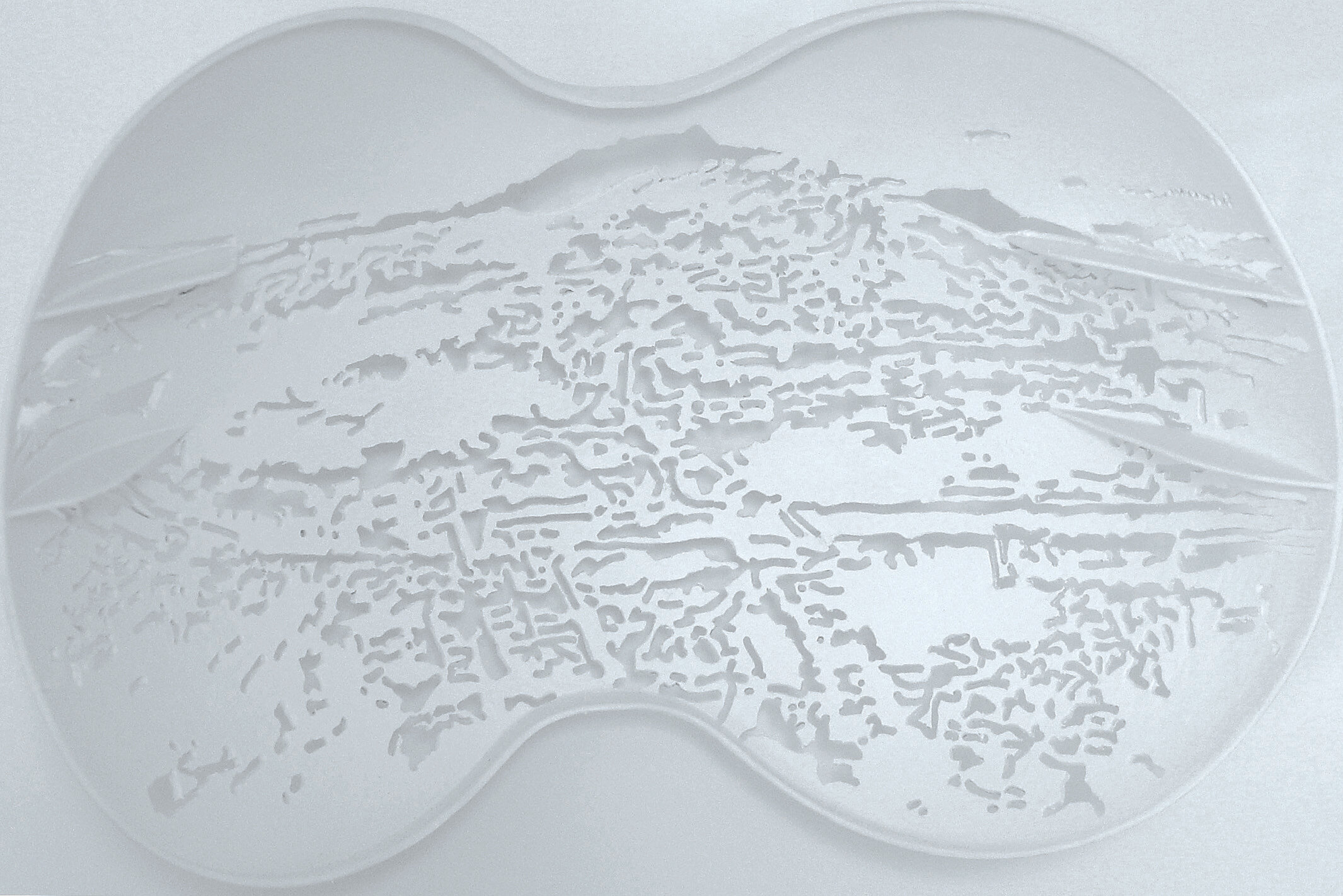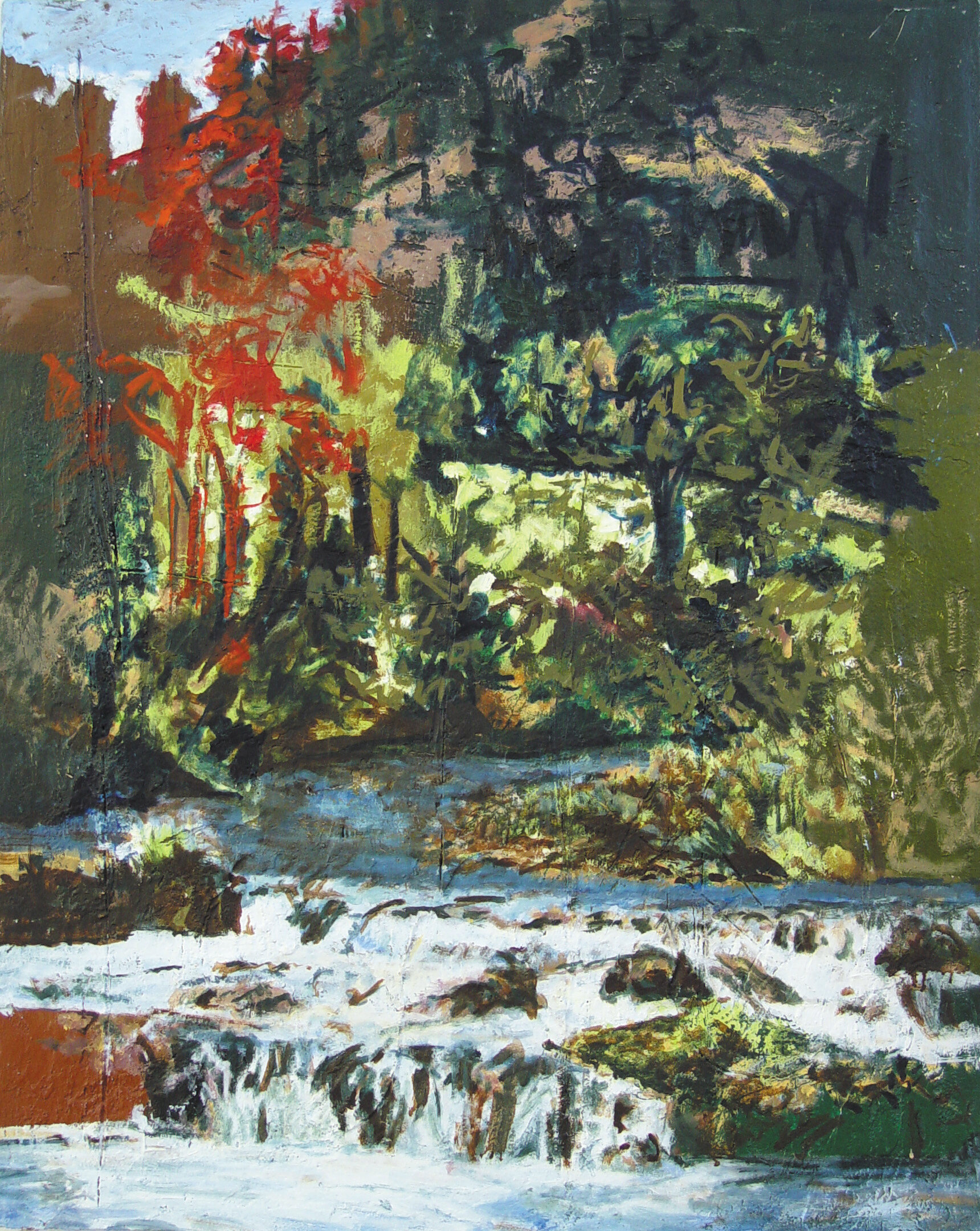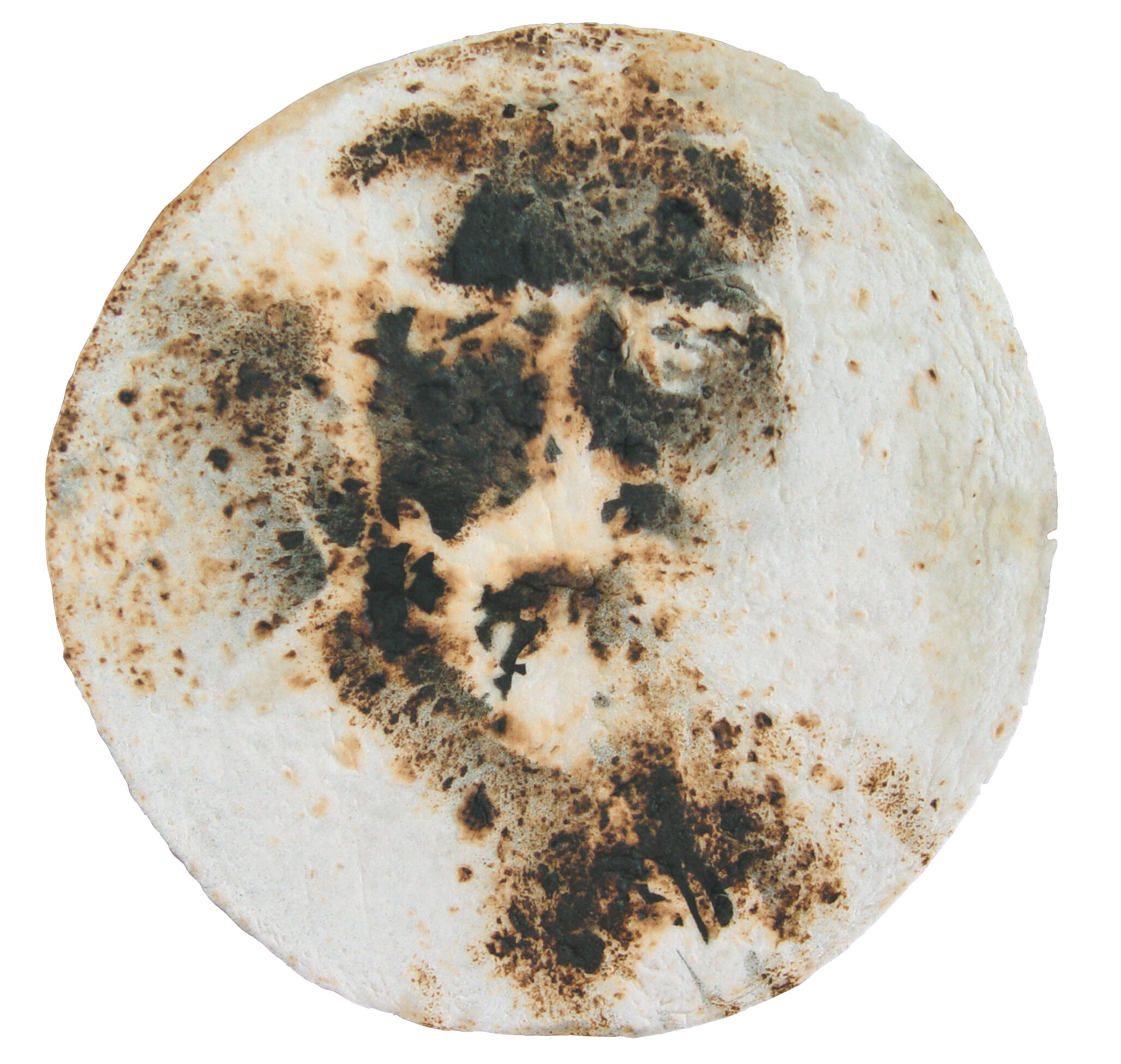AMoCA Collection | Come On Boys Heres Good Water, Frontier Museum, (Model of proposed walk-in sculpture), wood, lichen, dirt, PlastiDip, 26 x 43 x 25.5 in
RAIR | 2004-05
Kasper Kovitz | Claremont, CA
Kasper Kovitz, born in Vienna, Austria, graduated with distinction at the University of Applied Arts in Vienna. Now living and working in Los Angeles, he is assistant professor of art at Scripps College. His work has been shown in a number of solo and group shows internationally, including museums in New York, Los Angeles and Vienna. Two of his sculptures are in the Saatchi Collection in London. Kasper was awarded the International Studio and Curatorial Program twice and the MAK/Schindler, Marie Walsh Sharpe and Pollock-Krasner Foundation Fellowships.
Working with a wide range of materials and approaches, Mr. Kovitz creates artworks that are more than a little difficult to describe. If there is an overriding issue that unites his current work, it would be the idea of the landscape, more specifically perhaps, the American West. Granted, Mr. Kovitz is not the first person to recognize the mythic character of the western United States, but his point of view is unique. Like a latter day Casper David Friedrich, Kovitz regards the West as an enormous metaphor for the human condition and possibly the final resting place of Western Civilization.
Kasper Kovitz crafts objects in ways that at first glance seem calculated to undermine both our notion of what an artwork is supposed to be as well as why the landscape, or whatever other icon he may employ, is worth taking seriously. It would be easy enough to focus on the novel aspects of the objects themselves as humorous parodies of more traditional kinds of art. Curiously, the apparent irony is only a shroud for the much more disturbing question as to the relevance of the culture that imbues the icons with meaning and perpetuates the art-making practices that have brought them into existence. Only by radically reappraising the accepted notion of the ëhowí do we begin to explore the ëwhyí.
By re-contextualizing well-worn icons of the American West, the log cabin for instance, Kovitz asks pointed questions: Fortitude or fortification? Solitude or isolation? Pioneer or paranoid? Like his earth-art predecessors, Kovitz is finally compelled to drag us physically into the actual landscape of the West or more specifically, under it. Only there, ourselves re-contextualized, will we come to terms with our colonialist imaginations and face the tragic loss of innocence along with the futility of our search for unfettered freedom.
Stephen Fleming, 2005
director, RAIR Program






